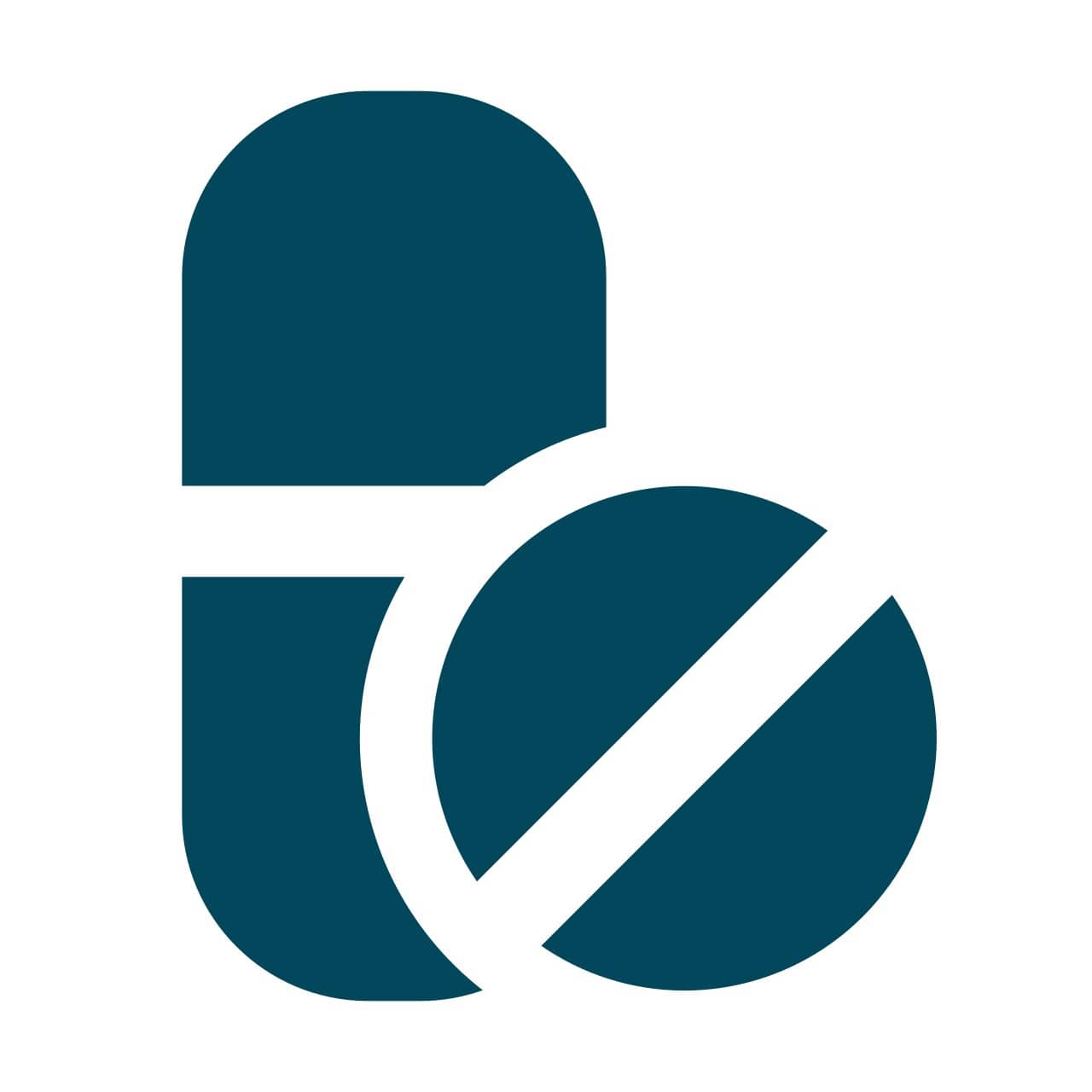Cyclobenzaprine
About Cyclobenzaprine
Cyclobenzaprine belongs to the group of medicines called 'muscle relaxant' used to reduce and relieve the muscle spasm or excessive muscle tension occurring in various illnesses. Muscle spasm is the sudden involuntary contractions of the muscle, which can be painful and uncomfortable. When the nerve impulses that control the muscle movements are damaged or interrupted, it could lead to muscle spasms.
The Cyclobenzaprine contains 'cyclobenzaprine' which works by relieving muscle spasm through action on the central nervous system at the brain stem and helps relieve pain and improve muscle movements. Cyclobenzaprine works on the spinal cord and brain, thereby maintaining muscle strength and relieving muscle spasms or stiffness.
Take Cyclobenzaprine with food. You are advised to take Cyclobenzaprine for as long as your doctor has prescribed it for you, depending on your medical condition. In some cases, you may experience certain common side-effects such as blurred vision, dizziness, drowsiness, or lightheadedness, dryness of the mouth. Most of these side-effects do not require medical attention and will resolve gradually over time. However, you are suggested to talk to your doctor if you experience these side-effects persistently.
Do not discontinue Cyclobenzaprine suddenly as it could lead to unpleasant side-effects such as rigidity, increased heart rate, changes in mood, fever, mental disorders, confusion, hallucinations, and fits (seizures). Consult your doctor before taking Cyclobenzaprine if you are pregnant or breast-feeding. Your doctor will prescribe Cyclobenzaprine only if the benefits outweigh the risks. Cyclobenzaprine is not recommended for children below 15 years of age. Inform your doctor about all the current medicines you are taking and your health condition to rule out any unpleasant side-effects. Please speak to your doctor immediately if you experience mood swings, depression or if you have any suicidal thoughts.
Uses of Cyclobenzaprine
Medicinal Benefits
Cyclobenzaprine belongs to the group of medicines called muscle relaxants used to reduce and relieve muscle spasms (excessive tension in the muscles). Cyclobenzaprine relieves muscle spasm through action on the central nervous system at the brain stem and helps in relieving pain and improves muscle movements. Cyclobenzaprine is particularly effective for relieving involuntary muscle spasms in the ankle, hip, and knee. Cyclobenzaprine is used together with physical therapy and rest to relieve muscle spasms caused by painful conditions such as an injury.
Directions for Use
Storage
Side Effects of Cyclobenzaprine
- Blurred vision
- Dizziness
- Drowsiness
- Constipation
- Diarrhea
- Excitement or nervousness
- Frequent urination
- General feeling of discomfort or illness
- Headache
- Lightheadedness
- Dryness of the mouth
Drug Warnings
A person should not take Cyclobenzaprine if they are allergic to a medicinal component present in it. If they have a certain thyroid disorder (hyperthyroidism), a heart rhythm disorder, or you have recently had a heart attack and heart block, congestive heart failure. If a person has taken an MAO inhibitor in the past 14 days, they should not take Cyclobenzaprine to cause serious drug interaction. Consult your doctor before taking Cyclobenzaprine if you are pregnant or breast-feeding. Your doctor will prescribe Cyclobenzaprine only if the benefits outweigh the risks. Cyclobenzaprine is not recommended for children below 15 years of age. Inform your doctor about all the medicines you are taking and your health condition to rule out any unpleasant side-effects. Please talk to your doctor immediately if you experience mood swings, depression, or if you have any suicidal thoughts. Your doctor may advise you to undergo regular blood tests to monitor liver function. Inform your doctor that you are taking Cyclobenzaprine if you are experiencing any operation which requires a general anaesthetic.
Drug Interactions
Drug-Drug Interactions: Cyclobenzaprine may have interaction with hydrocodone, methadone, acetaminophen, ibuprofen, morphine, fentanyl and tramadol (used to relieve pain), naloxone (used to block the effect of opioids), tizanidine (muscle relaxant), lithium and amitriptyline (used to treat mood disorders), diltiazem (used for high blood pressure), MAO inhibitors (isocarboxazid, phenelzine, procarbazine, rasagiline), levodopa and carbidopa (used to treat Parkinson’s disease), promethazine (anti-histamine), temazepam (sedative medicine), and carbamazepine (used to treat fits).
Drug-Food Interactions: Avoid alcohol consumption while taking Cyclobenzaprine as it might cause increased sleepiness, drowsiness, and difficulty in concentrating.
Drug-Disease Interactions: Cyclobenzaprine may have interactions with cardiovascular disease, kidney dysfunction, seizures (fits), psychosis (a severe mental disorder with impaired thoughts and emotions) and autonomic dysreflexia (spinal cord injury).
Drug-Drug Interactions Checker List:
Safety Advice

Alcohol
unsafeAvoid consumption of alcohol while taking Cyclobenzaprine as it may increase drowsiness.

Pregnancy
cautionAvoid taking Cyclobenzaprine if you are pregnant unless prescribed by a doctor. Please consult your doctor if you have any concerns regarding this, your doctor will prescribe only if the benefits outweigh the risks.

Breast Feeding
cautionVery-small amounts of Cyclobenzaprine pass into breast milk. However, consult your doctor before taking Cyclobenzaprine, your doctor will decide whether Cyclobenzaprine can be taken by breastfeeding mothers or not.

Driving
cautionCyclobenzaprine causes sleepiness and drowsiness. Do not drive or operate machinery unless you are alert.

Liver
cautionDose adjustment may be needed in patients with liver impairment. Please consult your doctor if you have a liver impairment or any concerns regarding this.

Kidney
cautionDose adjustment may be needed in patients with kidney impairment. Please consult your doctor if you have kidney impairment or any concerns regarding this.

Children
unsafeCyclobenzaprine is not allowed in children below 15 years as safety and efficacy of Cyclobenzaprine are not established.
Habit Forming
Diet & Lifestyle Advise
- Exercising regularly helps in muscle stretching so that they are less likely to spasm, tear, and sprain. Mild exercises such as jogging and walking are helpful for muscle stretching.
- Massages can also be helpful.
- Avoid contact with extreme cold and hot temperatures.
- Avoid wearing tight-fitting clothes, instead, wear loose garments.
- Rest well, get plenty of sleep for at least 8 hours.
- To avoid developing pressure sores, change your position at least every two hours.
- Hot or cold therapy can help treat muscle spasms. Apply an ice-pack or hot-pack on the muscle for 15-20 minutes.
- Stay hydrated, drink plenty of water.
Special Advise
Cyclobenzaprine will not reduce muscle spasm due to brain and spinal cord conditions, such as cerebral palsy.
Cyclobenzaprine should not be given within 14 days of monoamine oxidase (MAO) inhibitor antidepressants, as taking them together can be fatal.
Cyclobenzaprine should be used with caution in patients with a history of urinary retention, angle-closure glaucomaand increased intraocular pressure.
Patients Concern
Disease/Condition Glossary
Muscle spasm: The sudden involuntary contractions of the muscle can be painful and uncomfortable. When the nerve impulses that control the muscle movements are damaged or interrupted, it could lead to muscle spasms. Symptoms include muscle tightness, joint stiffness, unusual posture, difficulty in movement, pain in affected muscles, and joints. Fatigue (weakness), stress, extreme heat or cold, infection and tight clothing can trigger muscle spasms.
FAQs
Cyclobenzaprine is used to reduce and relieve the muscle spasm or excessive muscle tension occurring in various illnesses.
Cyclobenzaprine is a muscle relaxant that should be used together with rest and physical therapy to get maximum results.
A person should not take Cyclobenzaprine if they are allergic to a medicinal component present in it. If they have a certain thyroid disorder (hyperthyroidism), a heart rhythm disorder, or you have recently had a heart attack and heart block, congestive heart failure. If a person has taken an MAO inhibitor in the past 14 days, they should not take Cyclobenzaprine to cause serious drug interaction.
Cyclobenzaprine belongs to the group of medicines called muscle relaxants, it relieves muscle spasm through action on the central nervous system at the brain stem and helps relieve pain, and improves muscle movements. Cyclobenzaprine works on the spinal cord and brain centres, thereby maintaining muscle strength and relieving muscle spasms or stiffness.
Cyclobenzaprine causes sleepiness and drowsiness. So, drive only if you are alert and omit driving or operating machinery if you feel sleepy or drowsy.
Dry mouth could be a side-effect of Cyclobenzaprine. Limiting caffeine intake, avoiding smoking and mouthwashes containing alcohol, drinking water regularly, and chewing sugar-free gum/candy might stimulate saliva and prevent drying of the mouth.
Cyclobenzaprine may cause side effects such as blurred vision, dizziness, drowsiness, or lightheadedness, dryness of the mouth. Most of these side-effects do not require medical attention and will resolve gradually over time. However, you are suggested to talk to your doctor if you experience these side-effects persistently.
Drinking alcohol with Cyclobenzaprine may cause increased sleepiness, drowsiness, and difficulty in concentrating. Hence, avoid alcohol consumption while taking Cyclobenzaprine.
Cyclobenzaprine starts working within 30-60 minutes of taking the medicine and helps relieve muscle spasms.
No, Cyclobenzaprine is not a painkiller. It is a muscle relaxant used to relieve muscle spasms.








